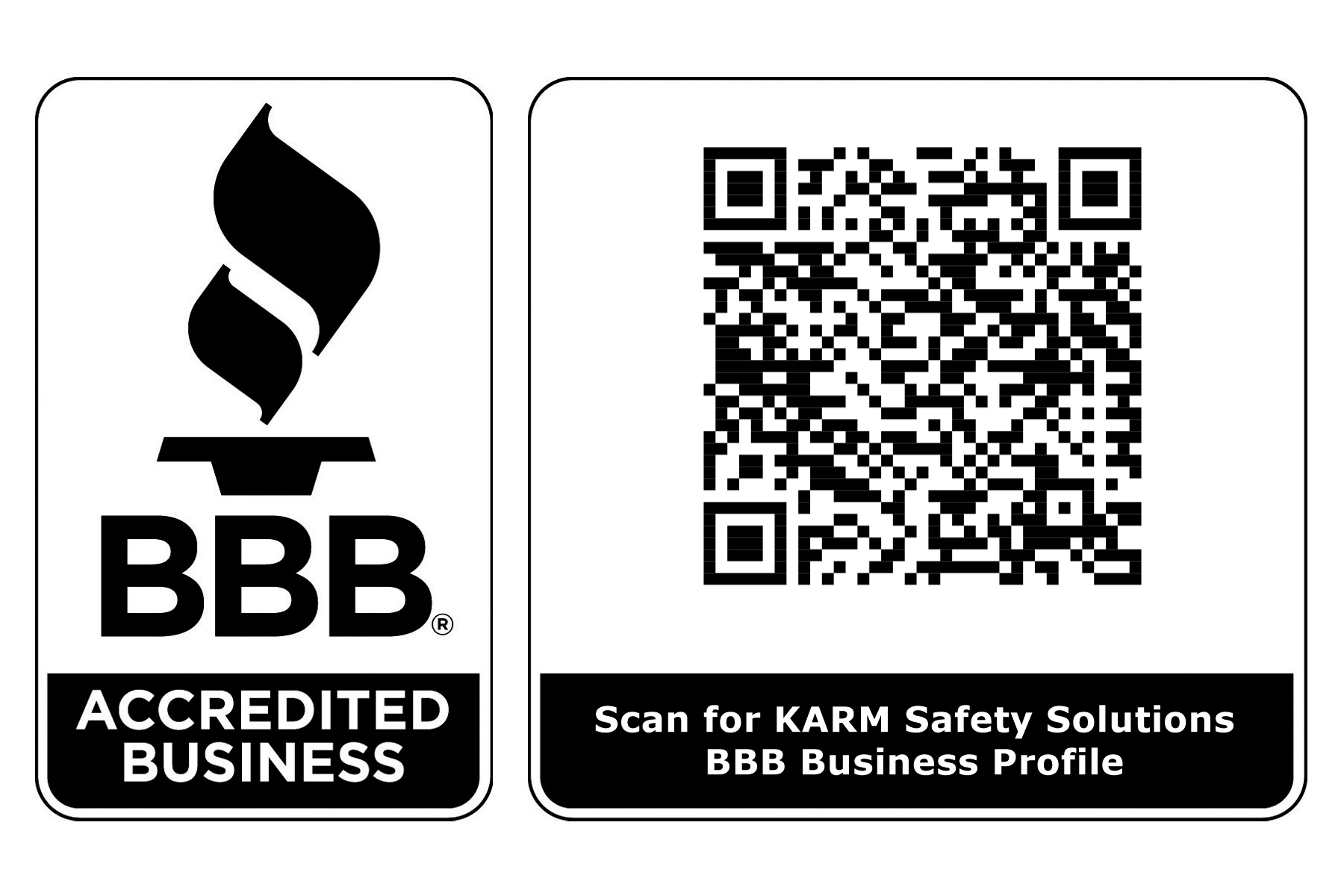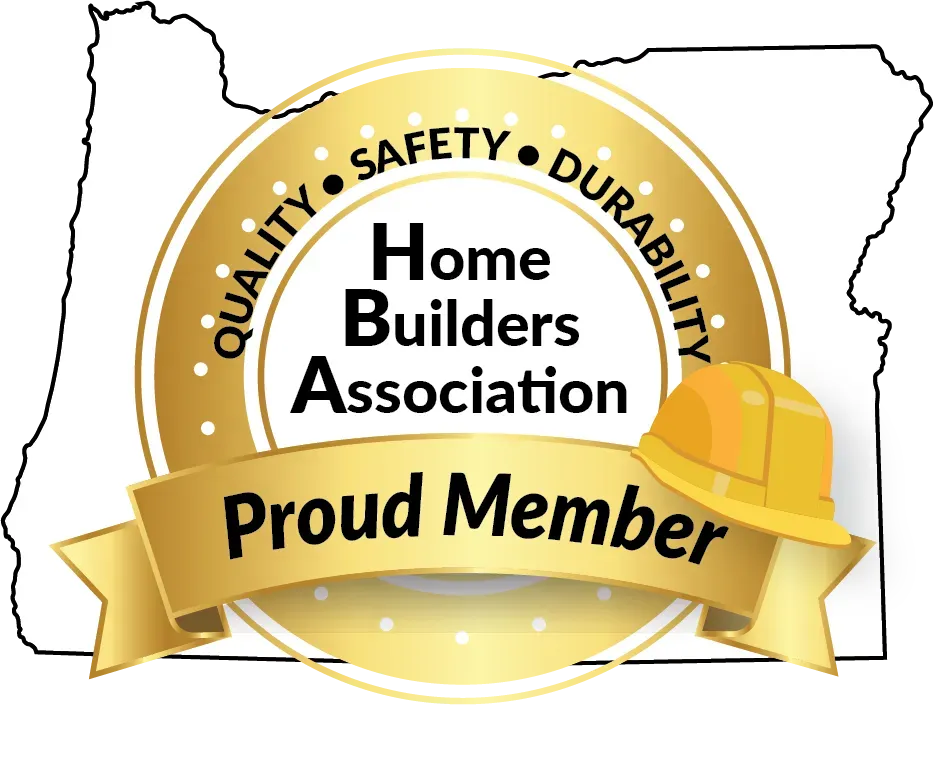Create a Safety-First Mindset with Hazard Communication Program Training
Many workers handle chemicals and substances daily without fully knowing what they’re exposed to. This is where the hazard communication program training steps in. It doesn’t just meet compliance, it creates a mindset shift. Employees learn how to identify chemical hazards, read labels, and interpret Safety Data Sheets (SDS) with confidence. Awareness is no longer assumed. It's built with facts and reinforced through consistent education.
This foundation ensures that employees don’t overlook risks just because they’ve “done it a hundred times.” Training teaches that familiarity should never replace caution.
Why Labels Are Not Just Stickers?
A label might look small, but the information on it could save a life. Training breaks down labeling systems and shows what each section actually means. Symbols, precautionary statements, and hazard classes become more than just printed words; they become tools for survival. Once trained, workers don't walk past labels; they understand them and act accordingly.
A single overlooked symbol can lead to an incorrect handling method, which could result in exposure or injury. This is why proper understanding of labeling is essential, not optional.
Bridge the Gap Between Policy and Practice
Many companies have solid safety policies but weak application. Hazard communication training connects written rules to real action. Workers stop seeing safety as someone else’s job and start treating it as part of their routine. This training builds a habit of double-checking, reporting, and following the chain of information. That’s how accidents shrink and safety becomes automatic.
Even small tasks like transferring chemicals from one container to another require adherence to training principles to avoid spills and contamination. Policies mean nothing if they’re not practiced.
The Risk of Miscommunication in High-Stakes Spaces
A wrong assumption, misread label, or skipped safety sheet can trigger a serious hazard. Communication gaps are often at the root of chemical-related injuries. This program trains teams to speak a shared safety language. That includes understanding chemical interaction risks, required PPE, and safe storage procedures turning mixed messages into clear directions.
This consistent communication prevents confusion, especially in high-turnover environments or facilities with shift-based operations.
Safety Sheets Aren’t Just Paperwork
One of the most underused tools in the workplace is the Safety Data Sheet. Training makes it second nature to consult these before using any substance. Instead of treating SDS files as background clutter, workers are trained to locate, read, and apply them as part of every shift. A file cabinet doesn’t keep people safe. Active knowledge does.
Knowing how to respond to accidental exposure, leaks, or improper storage begins with knowing exactly what the SDS outlines.
Create a Chain of Accountability
Hazard awareness isn’t limited to chemical handlers. Supervisors, maintenance staff, and even office teams must understand exposure risks and communication flow. The training fosters shared responsibility, so everyone from top-level managers to frontline workers knows how to respond to spills, leaks, or other threats. This reduces blame and builds a united front around safety.
This system of responsibility ensures that no hazard is ignored or passed over due to role confusion.
Consistent Training Reduces Complacency
Once workers get used to their routines, safety warnings can fade into the background noise. Regular training keeps the information fresh and the mindset sharp. Real-world examples and incident-based learning keep the training from becoming stale or abstract. Ongoing sessions help reinforce safe habits, even for seasoned employees.
Safety culture doesn’t grow overnight, it’s built session by session, with constant reinforcement.
Stay Ahead of Violations and Penalties
OSHA’s hazard communication standard is not optional. A lack of training can result in serious fines or shutdowns. Proper training ensures that your workplace stays inspection-ready at all times. This reduces stress, saves money, and builds trust with regulators.
Preparedness sends a strong message to both staff and inspectors that your organization takes risk seriously.
Smart Communication Prevents Dumb Mistakes
The reality is simple: most chemical accidents are preventable. The training teaches employees to pause, assess, and follow clear steps before lifting a container or mixing materials. Mistakes don’t have to be part of the process. Clarity and preparation can stop an emergency before it starts.
Being proactive is far less costly than reacting to an incident that could’ve been avoided with a few extra minutes of review.
In Closing:
Hazard communication standard training isn’t a checkbox it's protection for every shift. At Karm Safety Solutions, our programs are designed to do more than meet regulations. Our goal is to help teams understand chemical dangers and respond with confidence. We provide hazard communication program training that’s practical, clear, and built for real workplaces. If your team works around chemicals or hazardous materials, our hazard communication standard training prepares them to handle it all safely and correctly.













